Descripción
El éxito del texto de Cálculo de Rogawski continúa en una nueva edición, la segunda edición, actualizada meticulosamente. Revisado en respuesta a la retroalimentación de los usuarios y de experiencias en el aula, la nueva edición ofrece una enseñanza aún más suave para la experiencia del aprendizaje.
Cálculo de Rogawski trabajó para que tanto los instructores como los estudiantes obtuvieran el equilibrio y precisión formal con un enfoque conceptual de referencia. Rogawski involucra a los estudiantes en el contexto, al tiempo que refuerza la importancia del cálculo de la vida y los estudios futuros.
Con unas matemáticas precisas, ejemplos vivos, coloridos gráficos, explicaciones intuitivas y extraordinarios problemas conjuntos, trabajan en unión para ayudar a los estudiantes a tener una comprensión más profunda de cálculo.
Ver más


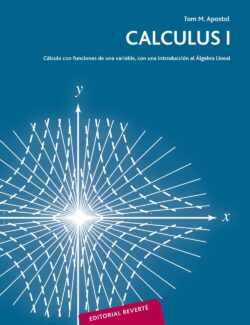


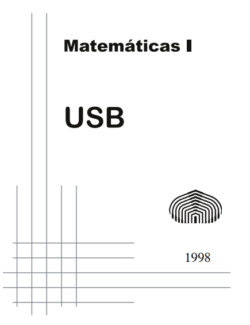
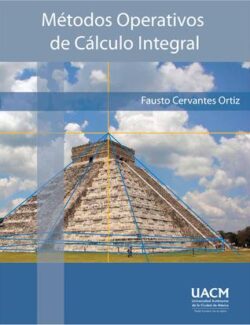
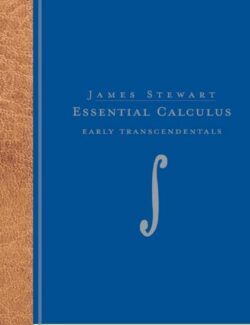
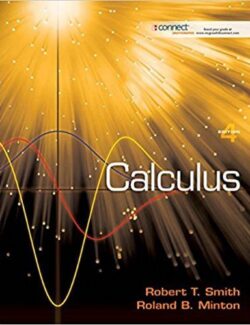
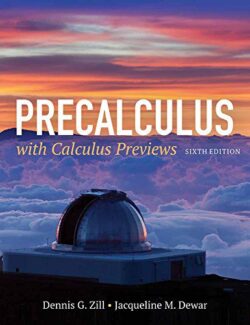

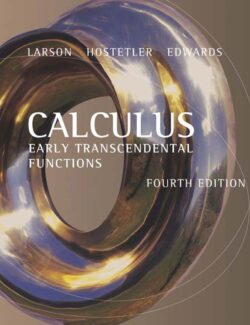
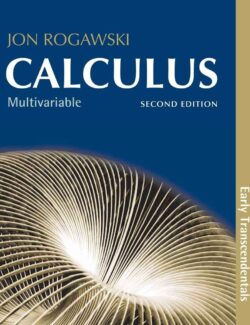
Déjanos un comentario
No hay comentarios